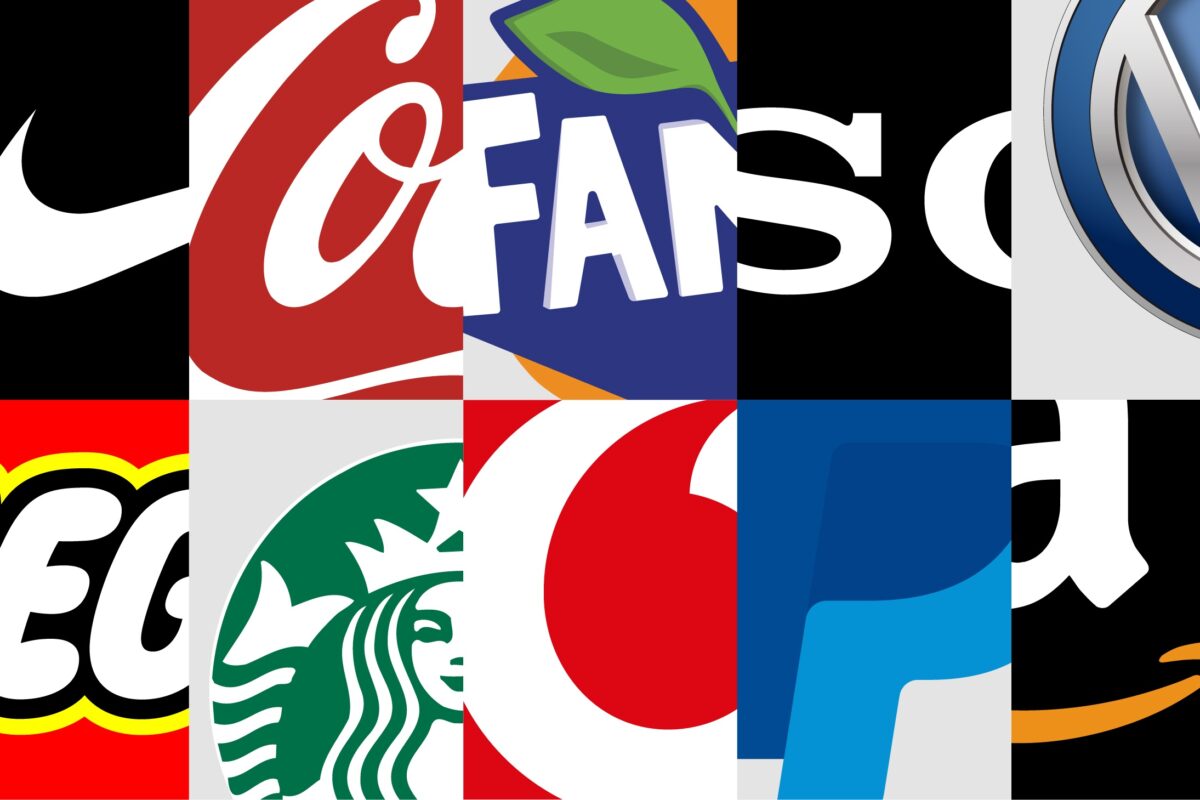Why squander four syllables on “advertisement” when “ad” conveys the same thought in one? That’s the motivation behind Clipping – the shortening of an existing word or term.
As with many tactics in brand naming, this approach goes way back in language. “Influenza” was shortened to “flu. “Burger” from “hamburger.” Successfully clipped names present the core of the word.
- Intuit, a leader in personal finance and small business accounting, was clipped from “intuitive.”
- Genuity was the new name for GTE’s e-business operation. Genuity is “ingenuity,” with a little off the top.
- Teligent, a telecommunications firm, came from “intelligent.” (The name Intel is often thought to be a contraction of the same word, but it was actually fashioned from “int” –integrated, plus “el” – electronics.)
- Essent Healthcare, a for-profit hospital chain, from “essential.”
Sometimes, the clipped name is a kind of shorthand slang. Jag for Jaguar, or Vette for Corvette. The goal remains the same: To communicate the essence of the formal word in an abbreviated way.
Another type of verbal pruning is called back-formation, in which an existing word is trimmed into a new, slightly altered word. Example: “Edit” was back-formed from “editor.” As linguist Jeremy Butterfield points out, back-formation has given us such common verbs as “enthuse” (from “enthusiasm”), “diagnose” (from “diagnosis”), and “emote” (from “emotion”).
The Blake Project Can Help: Accelerate Brand Growth Through Powerful Emotional Connections
Branding Strategy Insider is a service of The Blake Project: A strategic brand consultancy specializing in Brand Research, Brand Strategy, Brand Licensing and Brand Education




